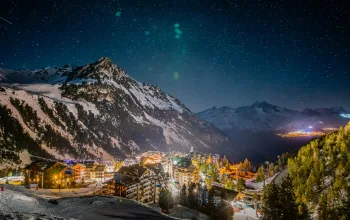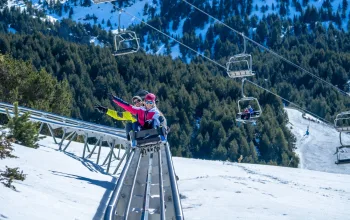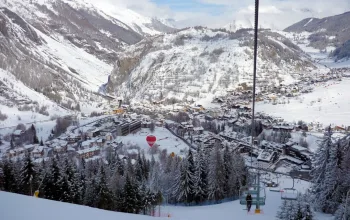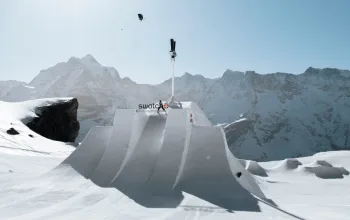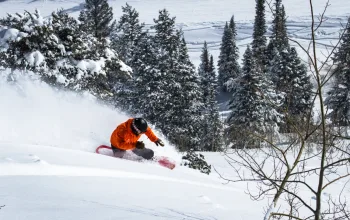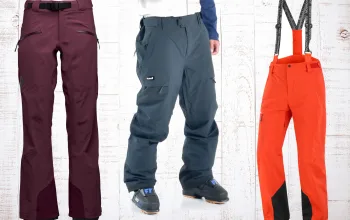When I first did a season in Chamonix, at the turn of the new millennium, the only people who hiked up the sides of the piste were military types or whippet-thin biathletes. The only kind of skinning up my friends and I were interested in, meanwhile, was the type that involved covert missions to Switzerland, and trying to stick OCBs together on the chairlift.
A decade later, that all changed for me on a trip to the San Juan Mountains in Colorado. Driving along Route 550, between Durango and Silverton, I was transfixed by the skiers and snowboarders who parked just off the highway to pull on their skins and get their touring kit together before heading up into the snowy wilds that fanned out above us. A few of them looked like endurance athletes, but mostly they looked like regular mountain folk, with the dirtbag ski bum aesthetic especially well represented.
It seemed so pure and freeing to me—the idea that all these people were eschewing carbon-spewing ski lifts to earn their turns instead, before riding or skiing back down to wherever they started. I was impressed, but also envious of their self-sufficiency, clear mountain knowledge and (with my stoner days well behind me at this point) fitness levels. I also noted they wouldn’t be paying for lift passes, which in North America and Europe, have grown ever more pricey each season.
Fast forward to today, and ski touring and splitboarding (which I’d tried that same week in the San Juans and have loved ever since) have become the biggest growth sector in winter sports. Each was given an extra boost during the pandemic, when those lucky enough to live near the mountains sought out spirit-lifting exercise in nature as far away from other people as possible.
“Back in the 90s, the only skinning up most snowboarders did involved trying to stick OCBs together on a chairlift”
To capitalise on the trend, some resorts in the US including Aspen, Copper Mountain and Arapahoe Basin have now started charging for uphill skiing or splitboarding. In Aspen, an Uphill Pass will set you back $69 (£60) a season with $10 (£8) of that going directly to Mountain Rescue Aspen. A lot cheaper than a $229 (£199) day pass in the holiday season, but not nothing.
So far, the big European resorts, including Chamonix and Verbier, appear to have no plans to introduce uphill charging, despite making new investments in touring infrastructure—for 2022/23 Verbier has expanded their free offering of seven dedicated daytime routes by introducing two ‘Rando Nocturne’ nighttime routes as well.
Cairngorm Mountain in Scotland also doesn’t charge for pure ski touring, though there is a reduced lift pass fee of £14 for ski tourers who want to use the lift (two uplifts max) and then tour. Ski tourers are, however, encouraged to spend money in the café or give a donation to the car park—a gentler and less transactional way to raise funds from the touring market.
- READ NEXT: Why You Need Alpine Ski Touring Boots
It feels a little steep to charge people for uphill access. It’s a bit like charging a hill walker to hike up a summit, or a swimmer to swim around an island. People have been taking on these challenges in nature since the dawn of time. And given that ski touring and splitboard kit doesn’t come cheap, isn’t there a danger that such measures will price more people out of snowsports?
Of course, the counter-argument from those resorts charging for uphill is that they provide avalanche control, grooming, and quick access to mountain rescue. But volunteer mountain rescue services cover the hills in summer too, and don’t charge. The other argument is that, if skiers and snowboarders don’t like it, they can of course go elsewhere. I just hope they don’t go too far. I like what touring brings to ski resort culture.
Sam Haddad is a freelance writer, specialising in snowsports & the environment. She edits the newsletter climateandboardsports.substack.com.
- READ NEXT: Best Gear for Backcountry Ski Touring




